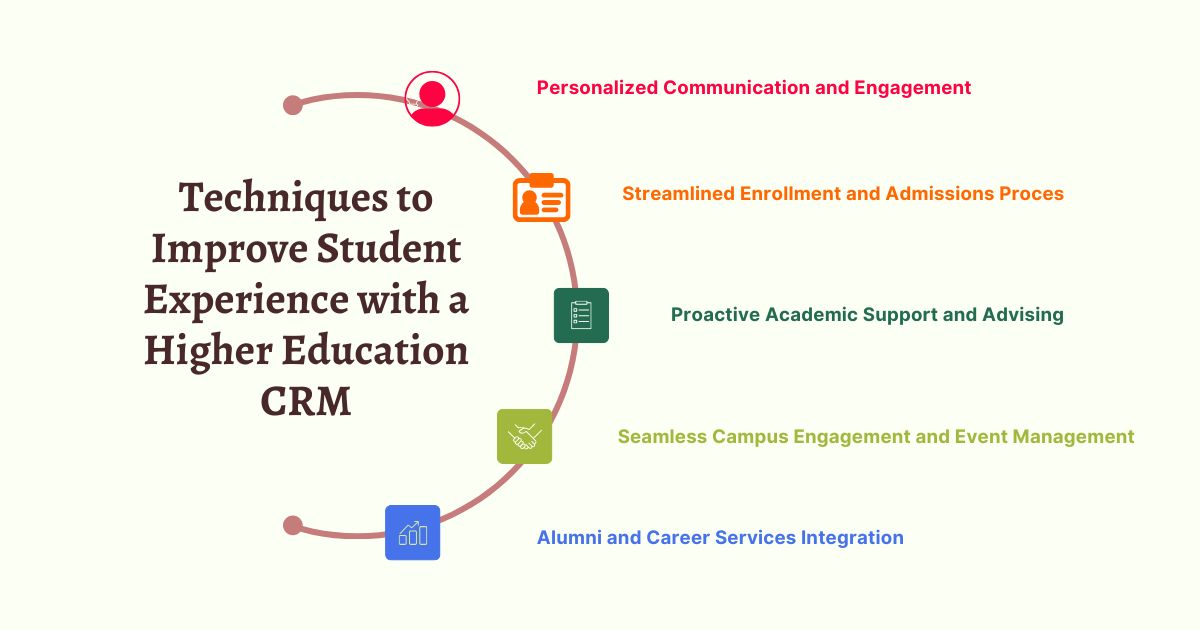Table of Contents

In the competitive world of education and study abroad services, trust is the currency that drives decisions. Students and parents don’t just want promises—they want proof. One of the most powerful ways to provide that proof is through authentic, well-crafted student testimonials. These real-life experiences do more than promote your services—they inspire confidence, reduce doubts, and encourage more students to take the leap.
This guide will explore what student testimonials are, how they work, their benefits, and strategies to create compelling ones that both your audience and search engines will love.
What Are Student Testimonials?
A student testimonial is a personal account, either written or recorded, where a past or current student shares their positive experience with your educational services. It could be:
- A video story about studying abroad
- A written statement on your website
- A short social media post praising your support
- A case study detailing a student’s journey from inquiry to enrollment
These testimonials go beyond generic reviews—they connect emotionally and showcase tangible results.
How Student Testimonials Work
Student testimonials act as social proof, a psychological concept where people look to the experiences of others before making decisions. When a potential student reads or watches a testimonial from someone with similar goals, fears, and challenges, it bridges the trust gap.
Here’s how they influence the decision-making process:
- Build Trust: They demonstrate that you have successfully helped others.
- Address Concerns: Testimonials can overcome objections by showing how you’ve solved similar problems.
- Humanize Your Brand: They put a face and story behind your service.
- Motivate Action: Relatable stories encourage hesitant leads to take the next step.
Benefits of Student Testimonials
- Enhanced Credibility
Nothing speaks louder than real student success stories. Prospects trust peers more than any marketing copy.
- Boosted Conversions
Adding testimonials to landing pages and inquiry forms can increase sign-ups by up to 34%.
- SEO Advantages
Google favors fresh, unique, and user-generated content, especially when it’s keyword-rich and authentic.
- Emotional Connection
Testimonials tap into emotions, making your service more memorable.
- Differentiation
In a market full of promises, real voices stand out and set you apart from competitors.
Strategies to Create Compelling Student Testimonials
- Ask at the Right Time
The best time to request a testimonial is right after a student achieves a milestone:
- Visa approval
- Successful admission
- First semester abroad
- Graduation
This is when they are most excited and willing to share.
- Make It Easy for Students
Provide a simple structure or interview questions, such as:
- What problem or challenge did you face before coming to us?
- How did we help you overcome it?
- What’s your biggest achievement since joining us?
- Would you recommend us to others, and why?
- Use Different Formats
Diversify your testimonials to appeal to different audiences:
- Video: Most engaging, great for social media.
- Written Quotes: Ideal for your website and brochures.
- Case Studies: Detailed, data-backed stories for B2B or academic partners.
- Social Proof Snippets: Screenshots of WhatsApp or email praise.
- Highlight Transformation, Not Just Satisfaction
Instead of generic “It was great” statements, focus on before-and-after transformations. Example:
Before joining ABC Study Abroad, I felt lost about my options. Now, I’m studying my dream course in Canada and loving every moment.
- Keep It Authentic
Avoid scripted or overly polished testimonials—they can come across as fake.
Tip: Don’t over-edit. Keep the student’s tone and language intact.
- Showcase Diversity
Feature students from different countries, courses, and backgrounds to make testimonials relatable to a broader audience.
- Add Visual Proof
Pair testimonials with:
- Student photos
- Study abroad campus shots
- Acceptance letters or visa approvals (with permission)
- Optimize for SEO
- Include keywords like “study abroad success story,” “student testimonial,” or “international student experience.”
- Use schema markup for reviews to boost visibility in search results.
- Publish testimonials as blog posts or dedicated pages.
Checklist for Powerful Student Testimonials
✅ Ask at the right emotional peak
✅ Provide a simple Q&A format
✅ Capture stories in multiple formats
✅ Focus on transformation
✅ Keep authenticity intact
✅ Showcase diversity
✅ Add visuals
✅ SEO-optimize content
Where to Use Student Testimonials
- Website Home Page – Builds immediate trust
- Dedicated Testimonials Page – Central hub for proof
- Landing Pages – Boosts conversions on offers
- Social Media – Humanizes your brand
- Email Campaigns – Strengthens nurturing sequences
- Brochures and Flyers – Adds credibility to offline marketing
FAQs About Student Testimonials
- How many testimonials should I collect?
Aim for at least 10 strong, varied testimonials to start. Refresh regularly.
- Should testimonials be long or short?
Both work. Short quotes grab attention, while longer stories build deeper connections.
- Can I edit a student’s testimonial?
Yes, but only for grammar and clarity—never change the meaning or tone.
- What if a student doesn’t speak English fluently?
You can translate while keeping the original version for authenticity.
- Are video testimonials better than written ones?
Video is more engaging, but written is easier to share across platforms. Use both.
- How do I get students to agree?
Offer incentives like a gift card, alumni spotlight, or a social media feature.
Final Thoughts
In today’s competitive education landscape, student testimonials are more than just “nice-to-have” marketing tools—they are your credibility engine. By strategically collecting, crafting, and sharing authentic stories, you not only win trust but also boost conversions, SEO, and brand loyalty.




